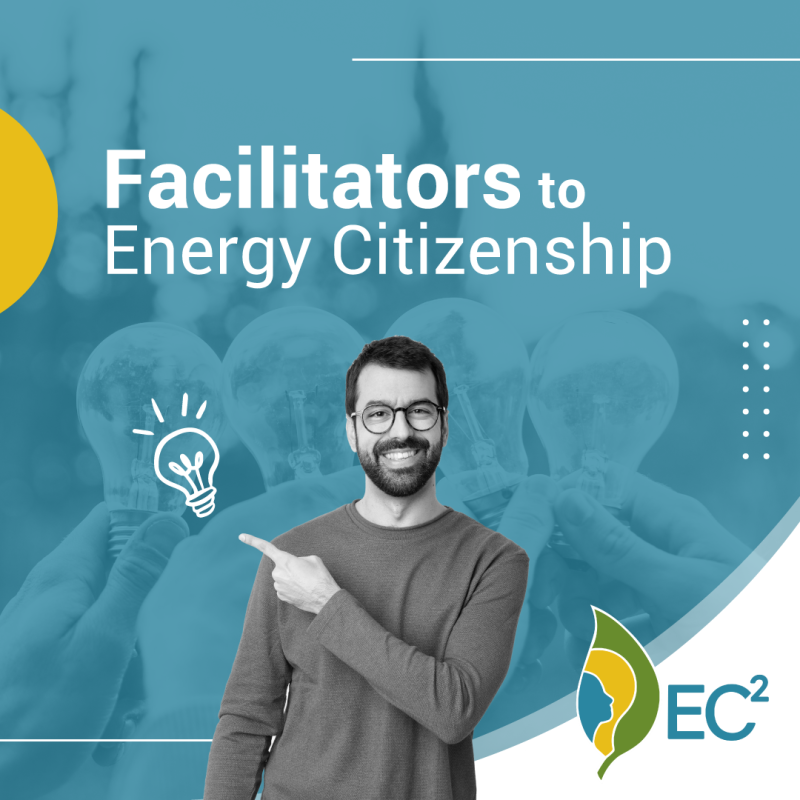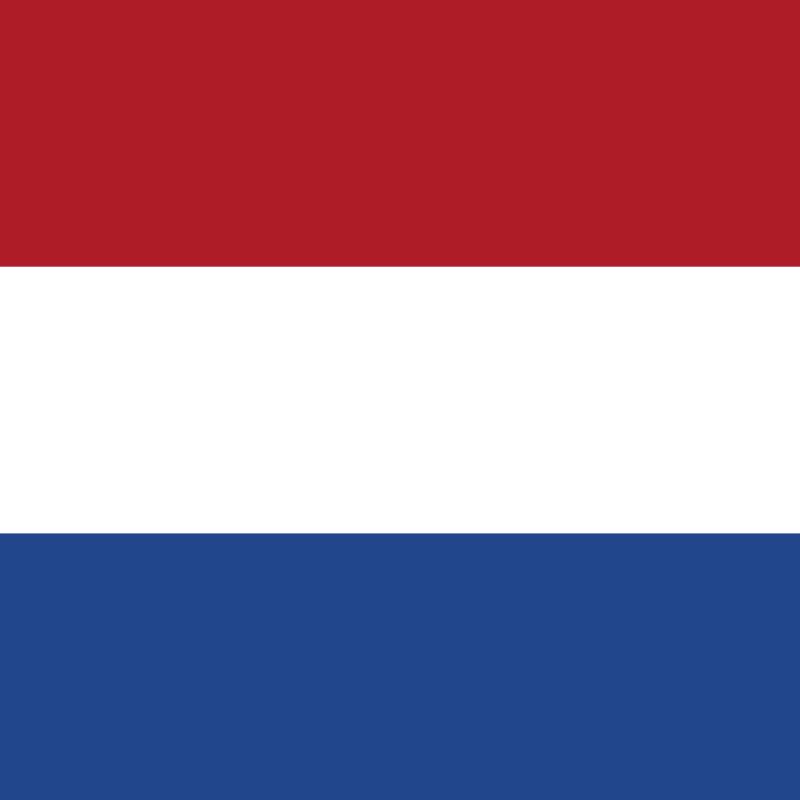Facilitators to Energy Citizenship
20 February 2023
Markus Mogg, Uni Graz, with the research teams from Uni Graz and WUEB

In part one of this article, we explored new research from EC² partners on the legal barriers to energy citizenship, and in particular the set-up of energy communities. Now in part two, we highlight some of the best practices and legal and economic facilitators identified by our research when it comes to energy communities: policies and practices that can help citizens overcome the barriers and get on their way to becoming fully fledged energy citizens.
Facilitators to Energy Citizenship: best practices
1. A one-stop shop
While the research highlighted the lack of easily understandable and accessible information as a barrier, EC² investigators found several examples of good practice that can be implemented to ease the burden on citizens who want to get involved in energy issues. “Many people interested in energy communities are simply overwhelmed by the task of setting up an energy community,” says Brigitta Lurger from the University of Graz. “One stop shops and energy coaches can help fix that. A central public point of expertise, equipped with experts and personal energy community coaches, accessible by every citizen through a website and rendering its services for free should be established: the one stop-shop. A citizen can obtain all the relevant information and all public and private permits required in her case: for instance, permits from the public building authority, from the grid operator, or the landlord. The one stop-shop should enable citizens to establish an energy community smoothly and to operate it successfully during the years to come.”
2. Third-party ownership
“To make energy communities attractive to the wider public, it is important to offer a model that is as accessible as possible,” says Celin Gutschi from the University of Graz. “The construction and maintenance of a photovoltaic system is time-consuming and costly, so outsourcing this task to third parties could help to promote the emergence of energy communities.” In some countries such as Austria and Italy, it is not only possible to entrust third parties with the construction and maintenance of the generation plant, but it is even possible that the generation plant is owned by a third party and merely rented by the energy community. This would make sense especially in cases where the participants cannot or do not wish to take on such high acquisition costs. Operation and maintenance can also be taken over by third parties. If this is the case, the energy community must, however, be able to exercise the power of operation and disposal over the plant.
3. Virtual Prosumerism
One of the barriers we found was for those people who don’t own their home. But according to Piotr Szymański from the Wroclaw University of Economics, the lack of access to energy production - for people who cannot install directly where they live - can be overcome thanks to applications and programs like becoming a “virtual prosumer”. This solution means that places of energy consumption and production are different: citizens have the opportunity to invest in renewable energy production outside the city, for example. In Lithuania a virtual prosumer program was implemented, and by the end of 2021 15% of the prosumers bought shares in photovoltaic farms. For this purpose, public spaces, and agro-hydrovoltaics farms (photovoltaic farms that collect rainwater and do not provide a biologically active surface) are especially good solutions.
4. A holistic view
Finally, says Maria Bertel, lawmakers should not only focus on the regulation of energy itself, but also consider the impact of other legal norms on energy communities. “Issues like spatial planning law – the regulation of how space can be used – is one of many other factors to take into account”.
The catalogue produced by EC2 will be used for further research, to support the creation of tools to overcome barriers to energy citizenship, and to create recommendations for policymakers working on the green energy transition. Read the full deliverable here and stay up to date on the research by signing up to our newsletter here.







